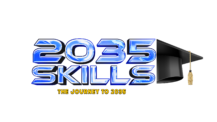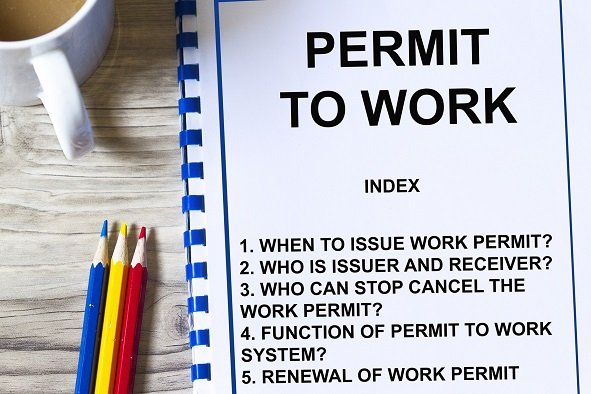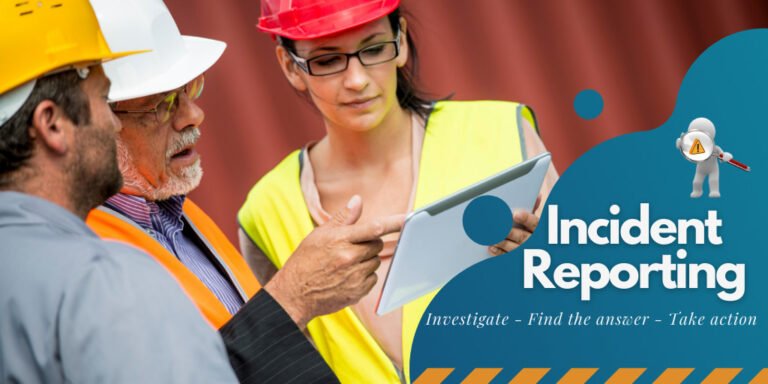Spill Prevention and Control – 12 Modules | One Day USD: 150/- and Two Day USD: 250/- Per Pax.
Description
Module 1: Introduction to Spill Prevention
- Importance of spill prevention in workplace safety and environmental protection
- Regulatory standards (OSHA, EPA, ISO 14001, local regulations)
- Common types of spills: chemical, oil, fuel, and hazardous substances
Module 2: Identifying Spill Hazards
- Recognizing liquids, powders, and other hazardous materials
- Equipment, process, and operational sources of spills
- Risk assessment and potential consequences
Module 3: Spill Risk Assessment and Planning
- Conducting hazard identification and risk evaluation
- Developing spill prevention plans
- Assigning roles and responsibilities
Module 4: Storage and Handling Practices
- Safe storage techniques for liquids and chemicals
- Secondary containment systems
- Proper labeling and segregation of incompatible materials
Module 5: Spill Prevention Techniques
- Use of drip trays, spill pallets, and containment berms
- Safe transfer procedures and equipment
- Minimizing human error and operational risks
Module 6: Personal Protective Equipment (PPE)
- PPE selection based on spill type and material hazard
- Gloves, goggles, boots, and chemical-resistant clothing
- Inspection, maintenance, and proper use
Module 7: Spill Detection and Monitoring
- Early detection methods and alarms
- Regular inspection of tanks, pipelines, and storage areas
- Visual checks and automated monitoring systems
Module 8: Immediate Spill Response Procedures
- Stopping or containing the source of the spill
- Isolating affected areas and preventing spread
- Communicating with supervisors and emergency teams
Module 9: Spill Cleanup Techniques
- Using absorbents, neutralizers, and spill kits
- Safe collection, storage, and disposal of contaminated materials
- Decontamination of affected surfaces and equipment
Module 10: Emergency Response and Reporting
- Evacuation and protective measures if required
- Incident documentation and regulatory reporting
- Coordination with fire, medical, or environmental teams
Module 11: Training and Drills
- Conducting spill response drills and exercises
- Hands-on training with spill kits and containment methods
- Evaluating response performance and improving procedures
Module 12: Continuous Improvement and Safety Culture
- Reviewing incidents and near misses
- Updating spill prevention and response plans
- Promoting proactive safety and environmental awareness
View more Courses
Hi, Welcome back!




